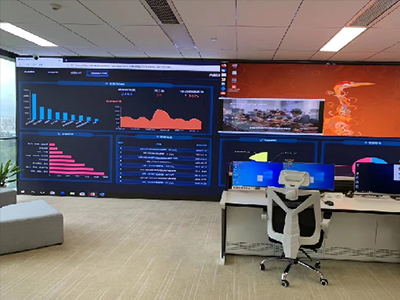ERP系统 & MES 生产管理系统
10万用户实施案例,ERP 系统实现微信、销售、库存、生产、财务、人资、办公等一体化管理
Understanding How to Calculate Average in Excel
Calculating the average in Excel is a fundamental task that many users encounter regularly. Whether you’re analyzing financial data, tracking trends, or managing budgets, knowing how to accurately find the average can streamline your workflow and improve decision-making. This article will guide you through the various methods and considerations involved in calculating averages using Excel.
1. Basics of Averaging in Excel
Excel offers several functions to compute averages based on your specific needs. The most commonly used function is AVERAGE(), which calculates the arithmetic mean of a range of cells. For instance, if you have a dataset of numbers in cells A1 to A10, you can simply enter =AVERAGE(A1:A10) to get the average.
2. Handling Different Types of Data
Excel’s averaging functions can handle various types of data, including numbers, dates, and even logical values (TRUE/FALSE). When averaging non-numeric data like dates, Excel automatically calculates the average based on the underlying serial numbers of the dates.
3. Excluding Blank or Zero Values
Sometimes, your dataset might contain blank cells or zeros that could skew the average calculation. Excel provides functions like AVERAGEIF() and AVERAGEIFS() to exclude these values based on specific criteria. For example, =AVERAGEIF(B1:B10, "<>0") averages values in range B1 to B10 excluding zeros.
4. Calculating Weighted Averages
In scenarios where certain values in your dataset carry more weight than others, you can use Excel’s SUMPRODUCT() function in conjunction with division to compute weighted averages. This method is useful for situations such as calculating grade point averages or financial weighted averages.
5. Using PivotTables for Averages
For more complex datasets or when you need to summarize data quickly, PivotTables in Excel offer powerful tools for averaging and other aggregate functions. PivotTables allow you to drag and drop fields to analyze data dynamically, making them invaluable for summarizing large datasets effortlessly.
6. Formatting and Presenting Averages
Once you’ve calculated averages in Excel, formatting the results appropriately enhances readability. You can apply number formatting to display averages with desired precision, add charts to visualize trends, or use conditional formatting to highlight specific average values based on criteria.
Mastering Average Calculations in Excel
Excel’s ability to calculate averages efficiently is indispensable for professionals across various industries. By mastering the different methods available—basic averaging, handling different data types, excluding specific values, computing weighted averages, leveraging PivotTables, and formatting results—you can leverage Excel’s power to derive meaningful insights from your data. Start applying these techniques today to streamline your data analysis and decision-making processes.












